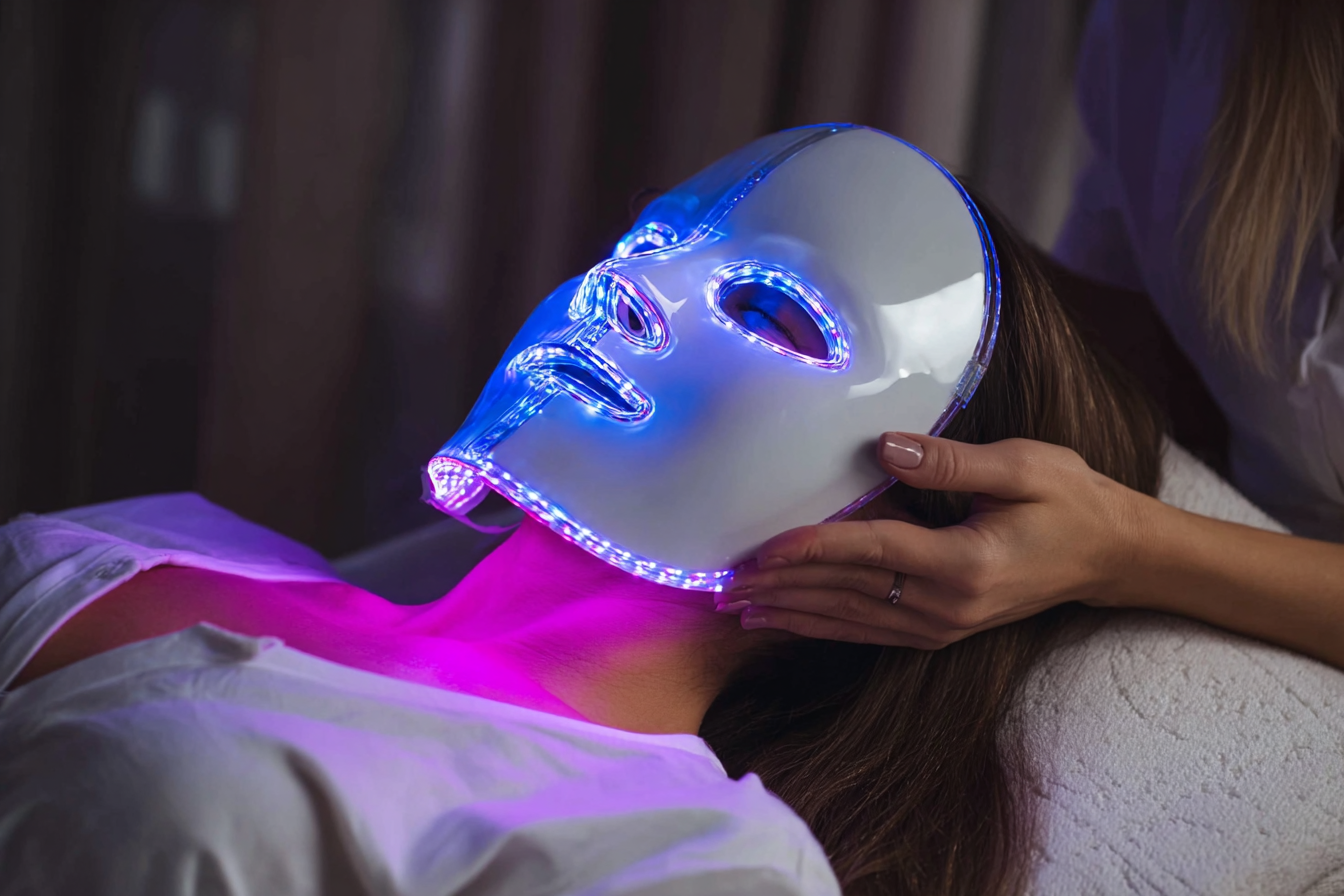Barriers in Sunscreen Testing
Dr. Lylah Hill has amassed an impressive combination of clinical expertise as well as academic and histological research across Aesthetic Dermatology, Tissue Regeneration & Biological Science of Skin Ageing. Dr. Lylah Hill delves into the science behind SPF, exposing the hidden flaws in how sunscreen efficacy is measured and understood. From outdated testing models to biases in skin type representation, this piece challenges the reliability of current SPF standards and urges a more inclusive, evidence-based approach to photoprotection. Essential reading for anyone who thinks sunscreen is a one-size-fits-all solution.
The SPF metric quantifies the ability of sunscreens to protect against sunburn when applied at an even rate of 2mg/cm, with modern sunscreens first marketed in the 1930s, characterised by the SPF, a laboratory measure of sunscreen efficacy. The FDA standardized the definition of SPF (ISO 24444) as the “numerical ratio between minimal erythema dose (MED) of skin protected by 2mg/cm2 of the tested substrate and the MED of the unprotected skin following exposure to standard doses of a standardized solar simulated radiation”. It is the ratio between the least amount of UV energy necessary to induce cutaneous redness (MED) on photo-protected skin, to the amount of energy necessary to produce the same erythemogenic response on unprotected skin, ie. SPF = MED Protected/MED Unprotected. Therefore, greater protection against UVB is determined by higher SPF.
Sunscreen testing methods entail protected and unprotected skin areas in vivo, being exposed to artificial sources of UVR for various periods of time. The FDA definition is considered the gold standard for quantifying the erythemogenic photoprotection of any sunscreen product and received international acceptance. Focus beyond the erythemogenic spectrum relative to UV protection did not advance until the late 20th century.
Although the SPF test measures the protection against UVB radiation, it does not entirely account for UVA. Despite the introduction of methods such as Persistent Pigment Darkening and Crucial Wavelength Measurements to evaluate the efficacy of UVA, these are not uniformly regulated or standardised across countries.
Current SPF testing methods are perplexed with method and endpoint driven discrepancies in results reflected as SPF values. Erythema remains the primary end point for determining SPF, however, due to lack of standardisation, what constitutes erythema depends on interpretation and criteria between testing labs. Sunscreen studies use various exposure doses, making quantitative evaluation of melanin protection difficult when designating erythema as the clinical surrogate for DNA damage. Visual assessment means such methodology is subject to bias and assessment of erythema confounded by melanin in darker skin types, making MED assessment invaluable, whilst using semi-quantitative scales such as +, ++,+++ can often discard useful data. Despite being considered an objective technology, reflectance spectroscopy cannot accurately differentiate between overlapping absorption spectra of melanin and hemoglobin in darker cohorts.
Impact of large variability in MED amongst skin types remains important for photoprotection. Studies show placement of dark plastic filters over lighter skin, results in a 2 factor perceivable increase in MED, giving rise to incorrect MED values and overestimating skin tolerance to solar irradiation. In addition, testing models are often used in artificial lab conditions resulting in values displayed on labels diminished by behavioural and environmental variables ie. perspiration, photo degradation, climate and geographical location, where exposure to radiation varies, subsequently resulting in further overestimation of sunscreen efficacy in practical conditions. As significant DNA damage, mutations, injury and carcinogenesis occur at cumulative sub erythemal sun exposure doses, using erythemal induction as the ultimate criteria for determining SPF efficacy is not a good indicator of UV induced cutaneous damage. Inherent discrepancies in laboratory testing such as preferential testing in lighter skin, questions the appropriateness of commercial sunscreens amongst a genetically diverse population. Initially designed to protect against sunburn, sunscreen is now recognised as an important strategy in minimising morbidity relative to malignant and premalignant lesions, UV immunosuppression and photoageing, which occur at small suberythemal solar exposure doses. Therefore, although sunscreen application is encouraged to minimise risk of such cutaneous adverse effects, a propensity for choosing lighter skinned volunteers due to shorter irradiation times and easier MED determination means SPF testing is mostly conducted in FPSC I to III.
While current sunscreen testing methods provide a useful framework for assessing photo-protection, and are considered the only current method for testing and conveying erythemal protection, they remain of limited use due to the lack of reliable testing methods, endpoints and skin classification systems. The consumer should therefore be reminded, although sunscreen application is indeed an integral and essential constituent for reducing sun exposure, sunscreens remain only part of the overall approach to enhance photo-protection.









